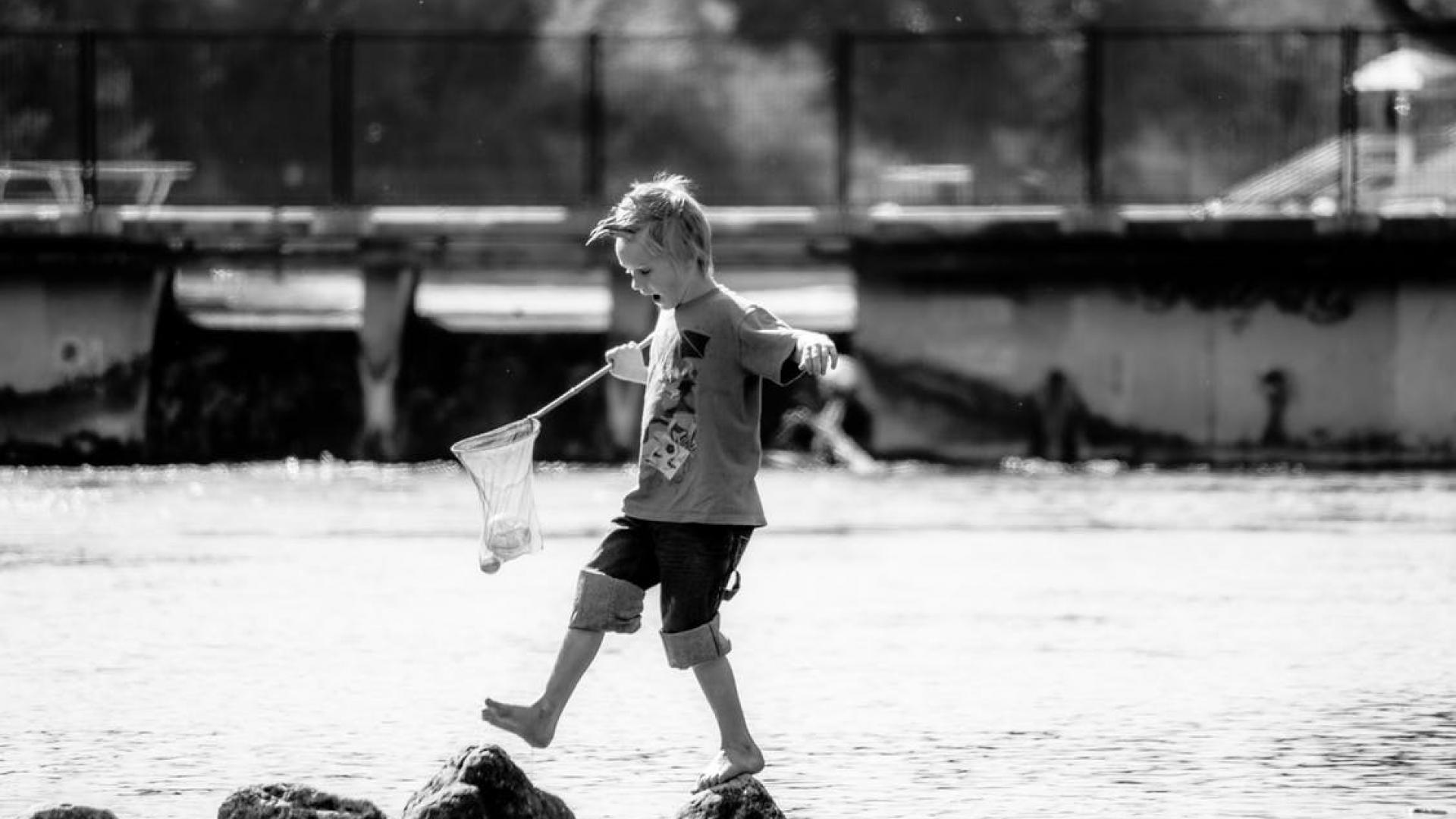According to the NCVO Almanac 2017, 65% of paid staff in the voluntary sector is women.[1] Since women make up about 46% of the UK workforce, it’s probably fair to say that women are drawn to charitable work and enjoy it (I, certainly for one!). But what about men? Looking for more clues, I came across a Third Sector article whose slightly disheartening headline read, ‘Teenage boys think working for charity is boring’.[2] Is that true? More research seems to suggest this starts at an even earlier age.
According to a CAF report published in 2013, although both boys and girls agree that charities have an important role to play in society, by the time children are 9-11 years old, girls are more likely to show an interest in working for a charity than boys (30% vs. 21%). The gap widens more significantly as they get older – when they are 16-18 years old, girls are nearly twice more likely to be interested in working for a charity (50%) than boys (28%). The same report also claims that girls are more likely to say they intend to raise money for charities than boys.[3]
This sounds a little concerning – how serious is this supposed gender gap? Working for charities and supporting charities are separate interests, so this doesn’t necessarily mean that boys like charities less. But this led me to wonder if there were any gender splits in children’s interest in charity. If charities are failing to cultivate warmth among both boys and girls from an early age, the prospect of engaging them in future is going to be slim.
In Families Insight, our research with children and parents, we asked children aged 11-16 which charities they were aware of, and on average girls tended to have slightly higher awareness than boys. But there was no clear gender gap when we asked what issues and causes children would like to support, ranging from cancer and animal welfare to disability and overseas aid. We found that there were only a few issues with a clear gender split. Boys and girls were fairly equally happy to support cancer, children, and animal charities. Interestingly, areas where we saw some split were issues slightly less popular among children: boys were more likely to like overseas aid and armed forces charities (at 10% and 11% respectively), than girls (both 6%). But overall, boys were no less likely than girls to be interested in most of the charitable causes.
So boys care about issues, and some interesting projects suggest that it’s not impossible for charities to appeal to men. In fact charities have a big responsibility for cultivating their interest and warmth from a young age, and some charities are doing a great job working with boys and young men. For example, Book Trust’s “Everyone Writes” project addresses the difficulty boys experience in writing and tries to make writing more enjoyable for boys. Care Norway, the national body of Care International, released a video explaining gender-based violence, and hope to raise awareness among boys and young men. Their Balkan counterpart similarly launched a “Be A Man” initiative, making it easy for young men to address the issue.
These are good initiatives to help boys and young men, but what can we do to encourage them to engage in fundraising, volunteering, or campaigning? Our research offers some insights into what activities might resonate with boys and young men. When we asked children if they asked their parent to support a charity, boys were slightly more likely than girls to ask parents to take part in a fundraising event (38% boys, 32% girls). So perhaps the key to drawing in male interest is events. This makes sense - remember the viral Ice Bucket Challenge? The majority of participants were men, who enjoyed dumping a bucket of ice over them.[4] Similarly, Tough Mudder, which has seen up to 2 million participants to date, had ratio of 65% men 35% women.[5] Events which bring exciting challenges are the key to appealing to young men.
Charitable activity is not limited to particular age groups or gender, and warmth to charities is cultivated over time from a young age. It would be a shame not to engage with half of the population while they are still young and show interest in a number of issues and activities charities work on. Understanding the interests of young men and women through research will offer some insights into how charities can engage them in a fun, creative, and inclusive way.
[1] NCVO, UK Civil Society Almanac, ‘Fast Facts’, 2017: https://data.ncvo.org.uk/a/almanac17/fast-facts-6/
[2] Third Sector, 13 October 2011: http://www.thirdsector.co.uk/teenage-boys-think-working-charity-boring/…
[3] CAF, ‘Growing up Giving’, 2013: https://www.cafonline.org/docs/default-source/about-us-publications/gro…
[4] The Ice Bucket Challenge Data Debrief: Who Dumped, Who Donated, and Was it All Worth It?: https://blog.rjmetrics.com/2014/09/03/the-ice-bucket-challenge-data-deb…
[5] Tough Mudder Press Room, https://toughmudder.com/press-room

